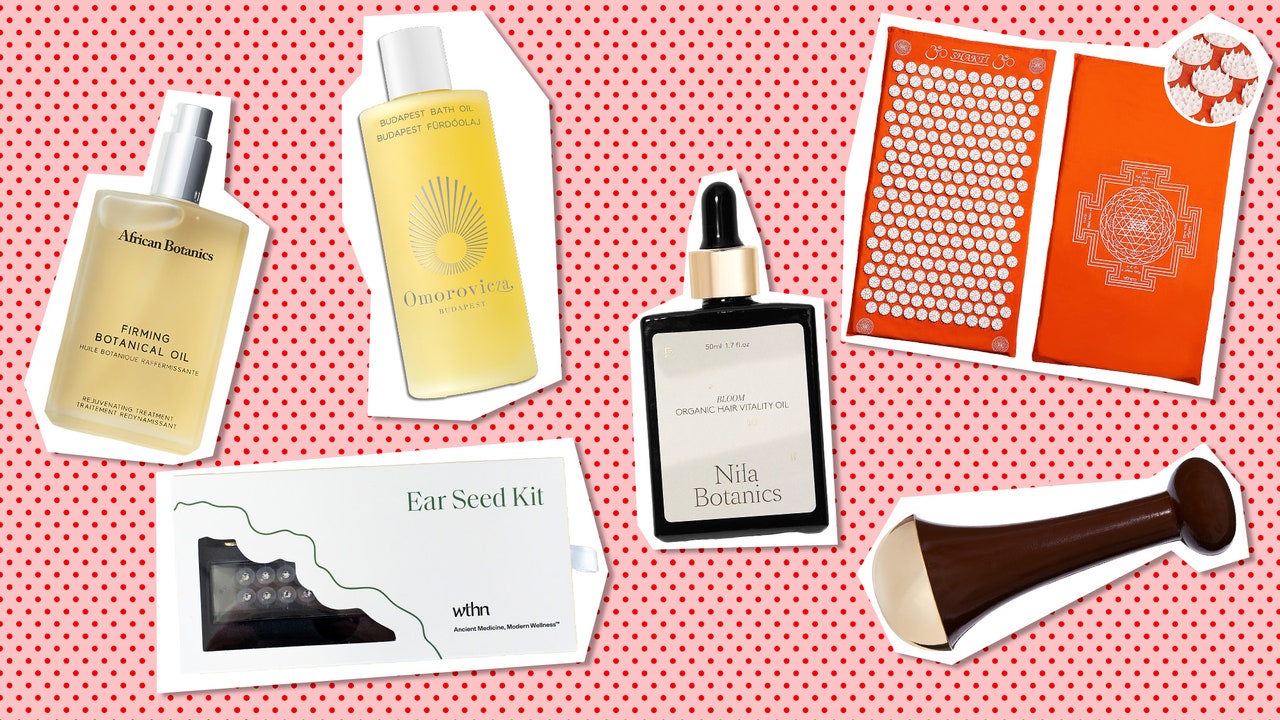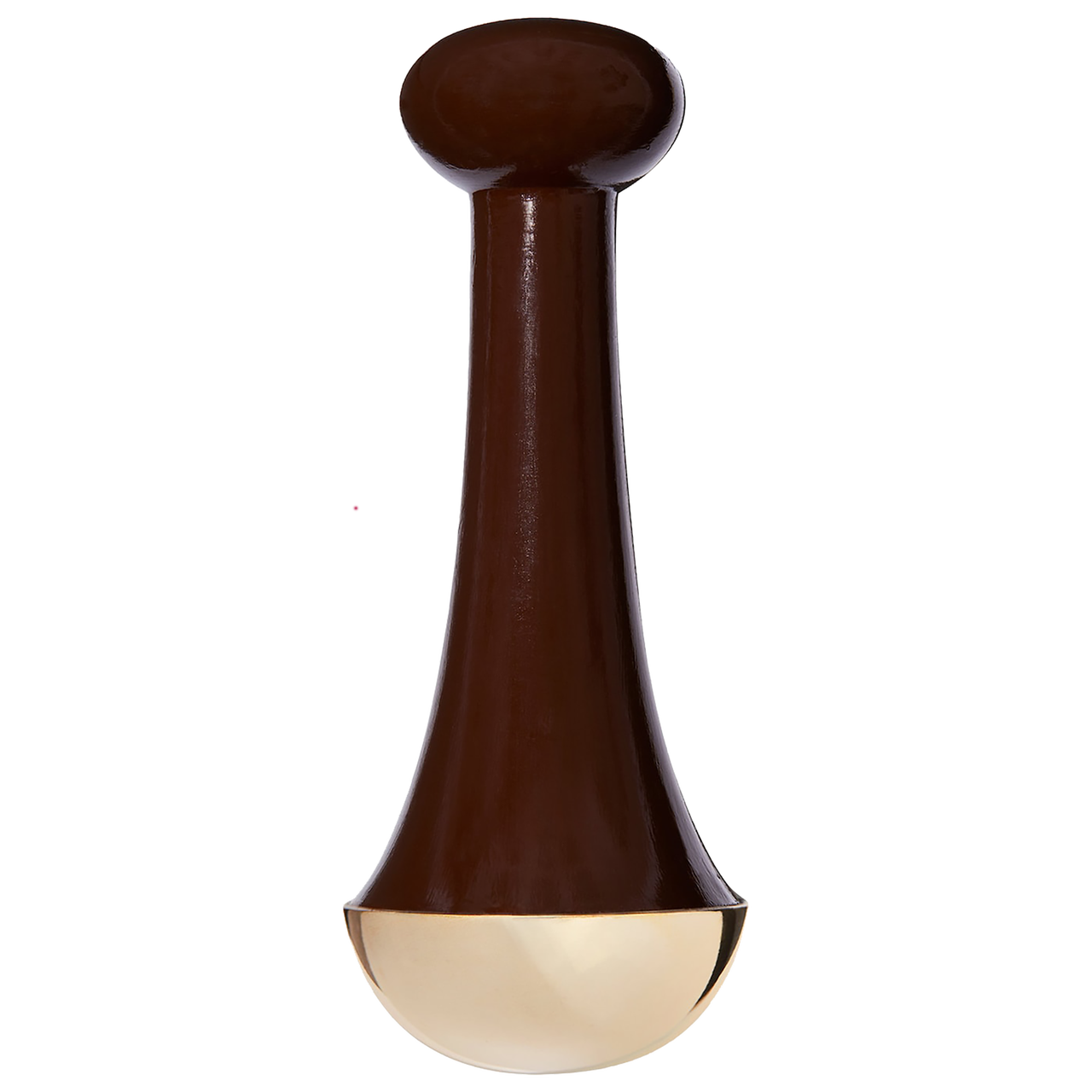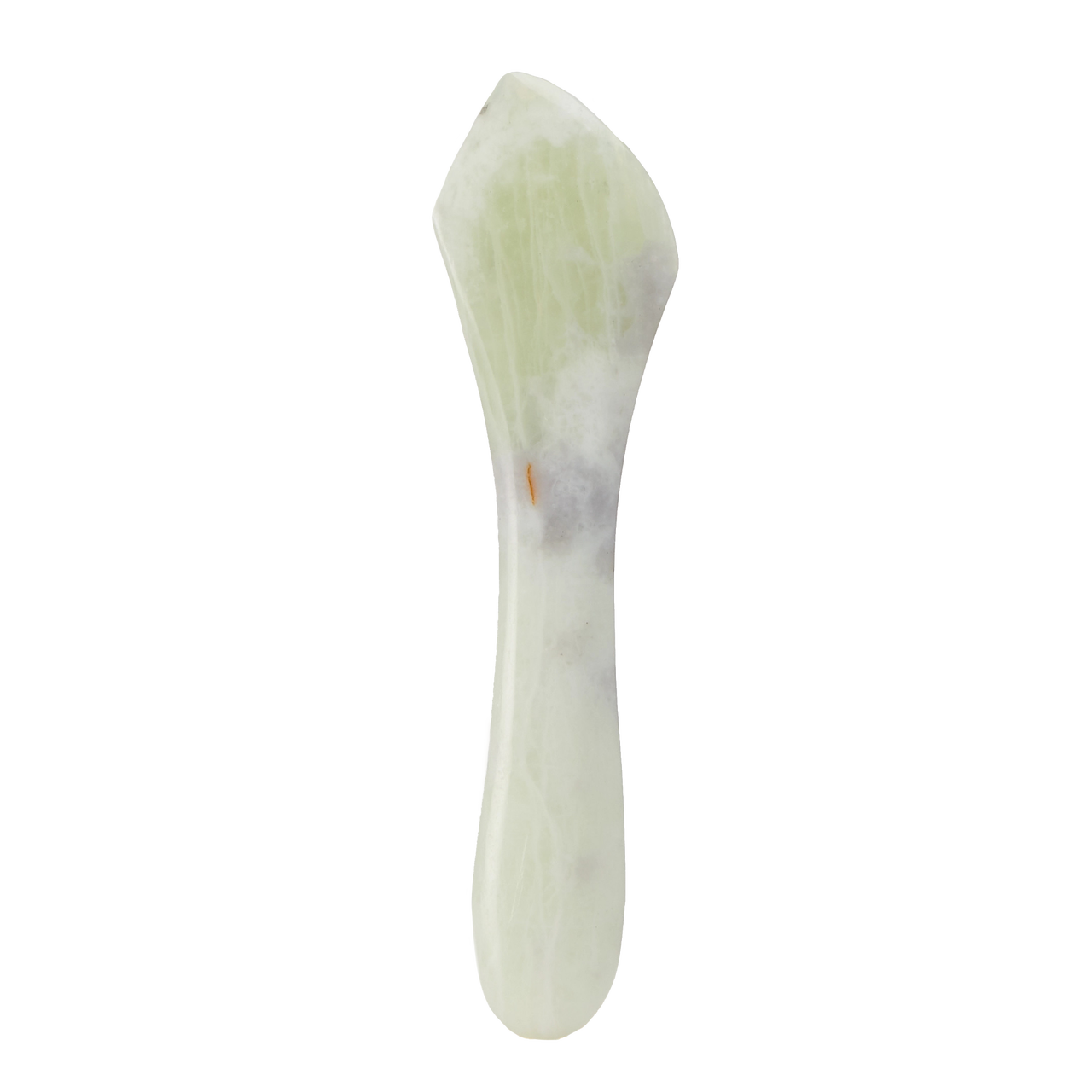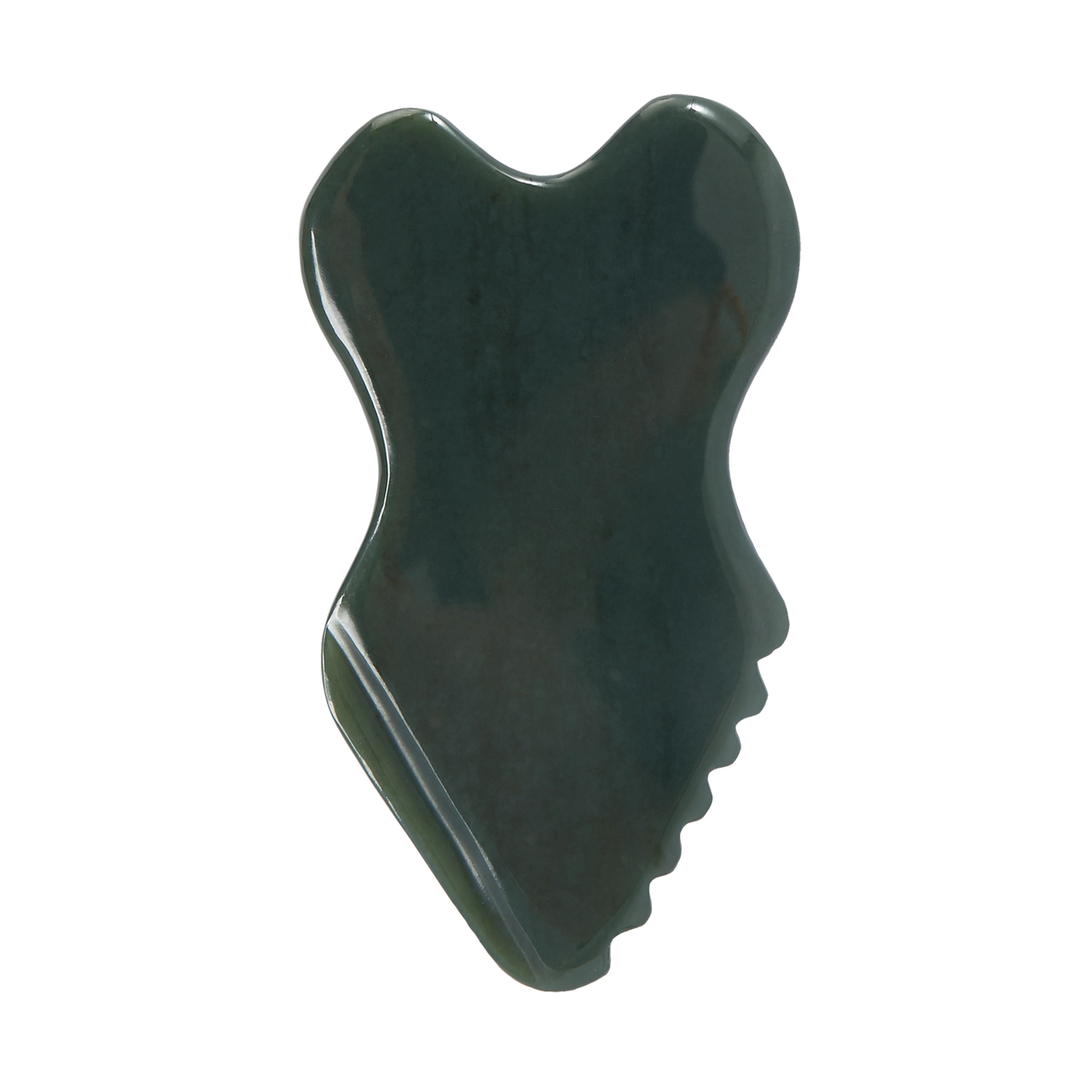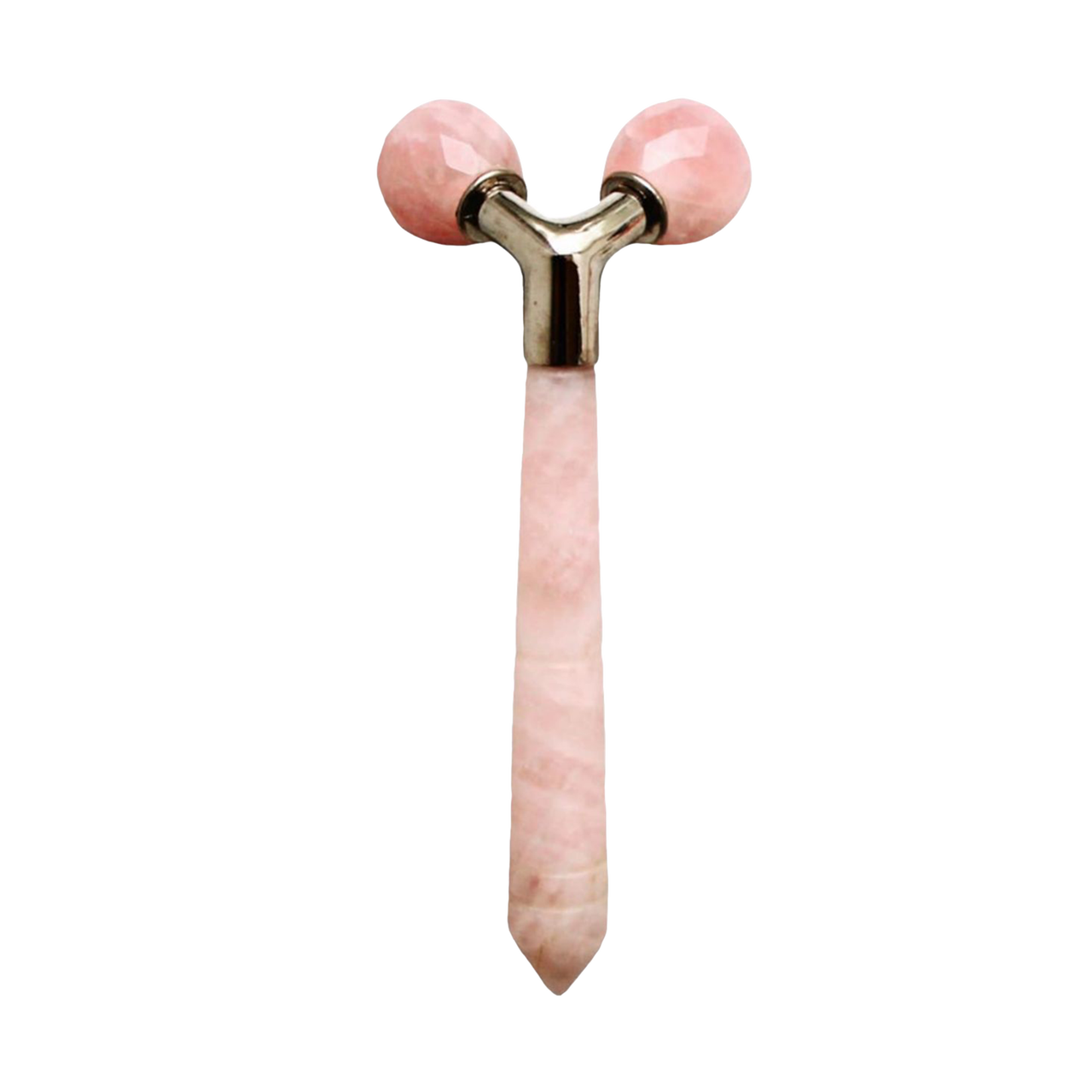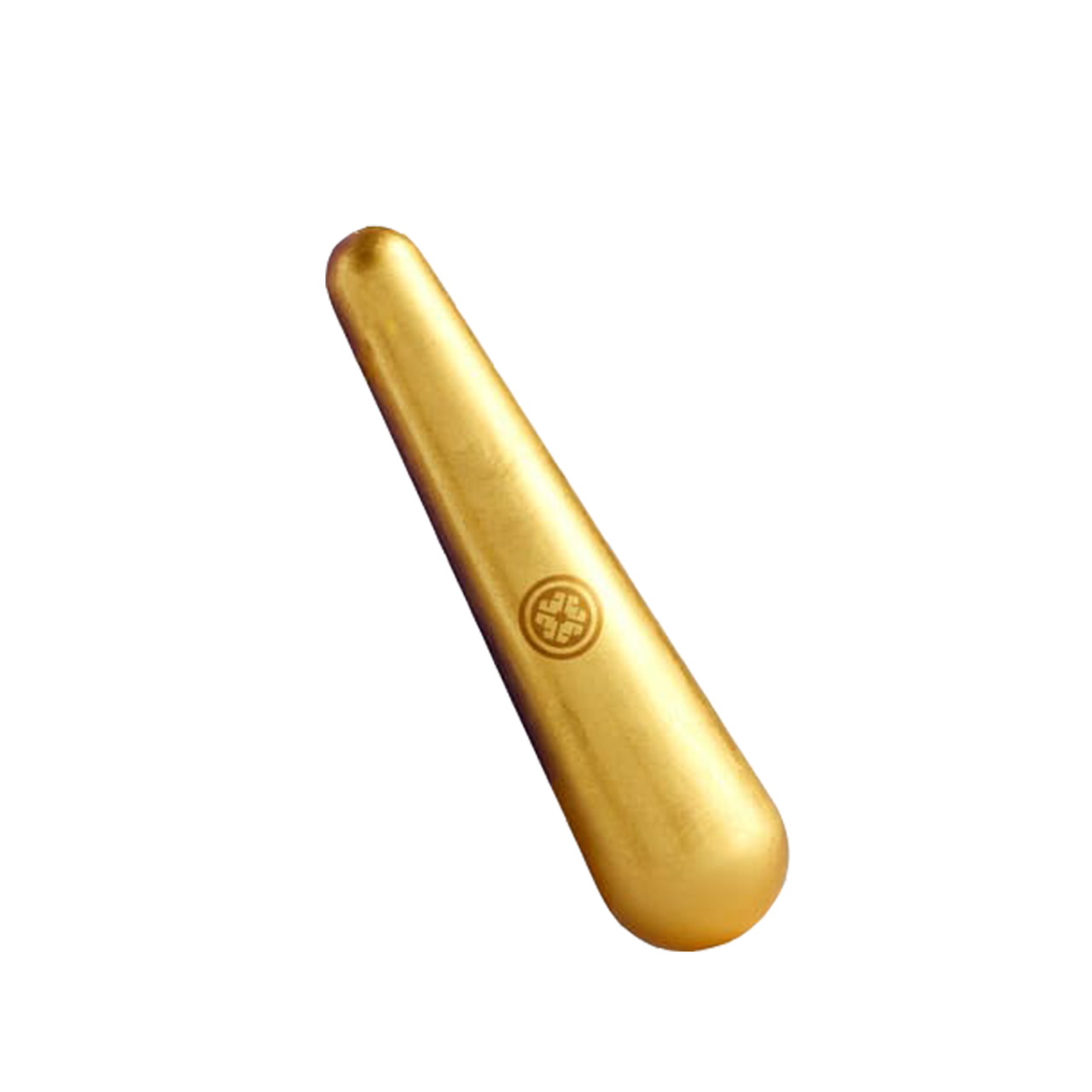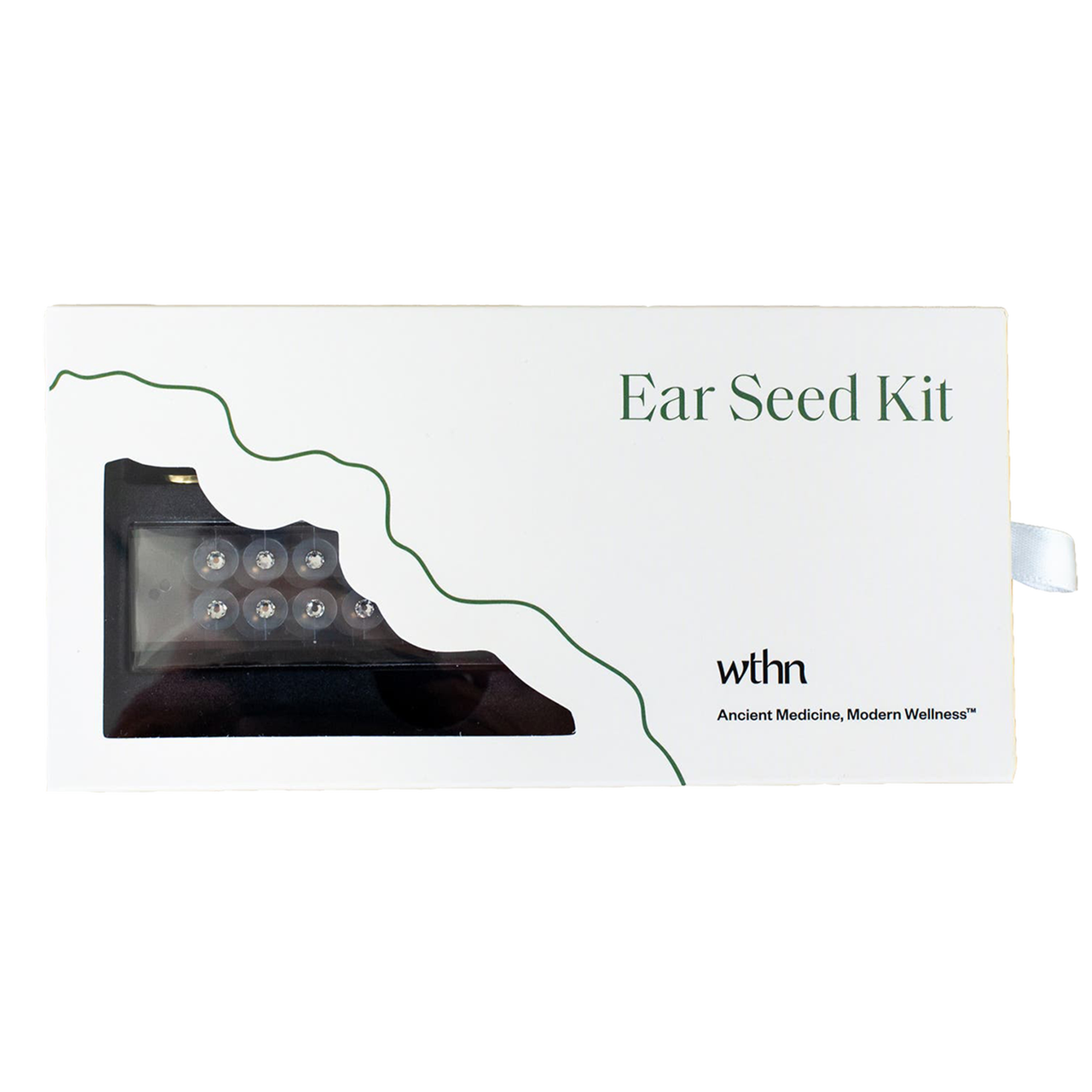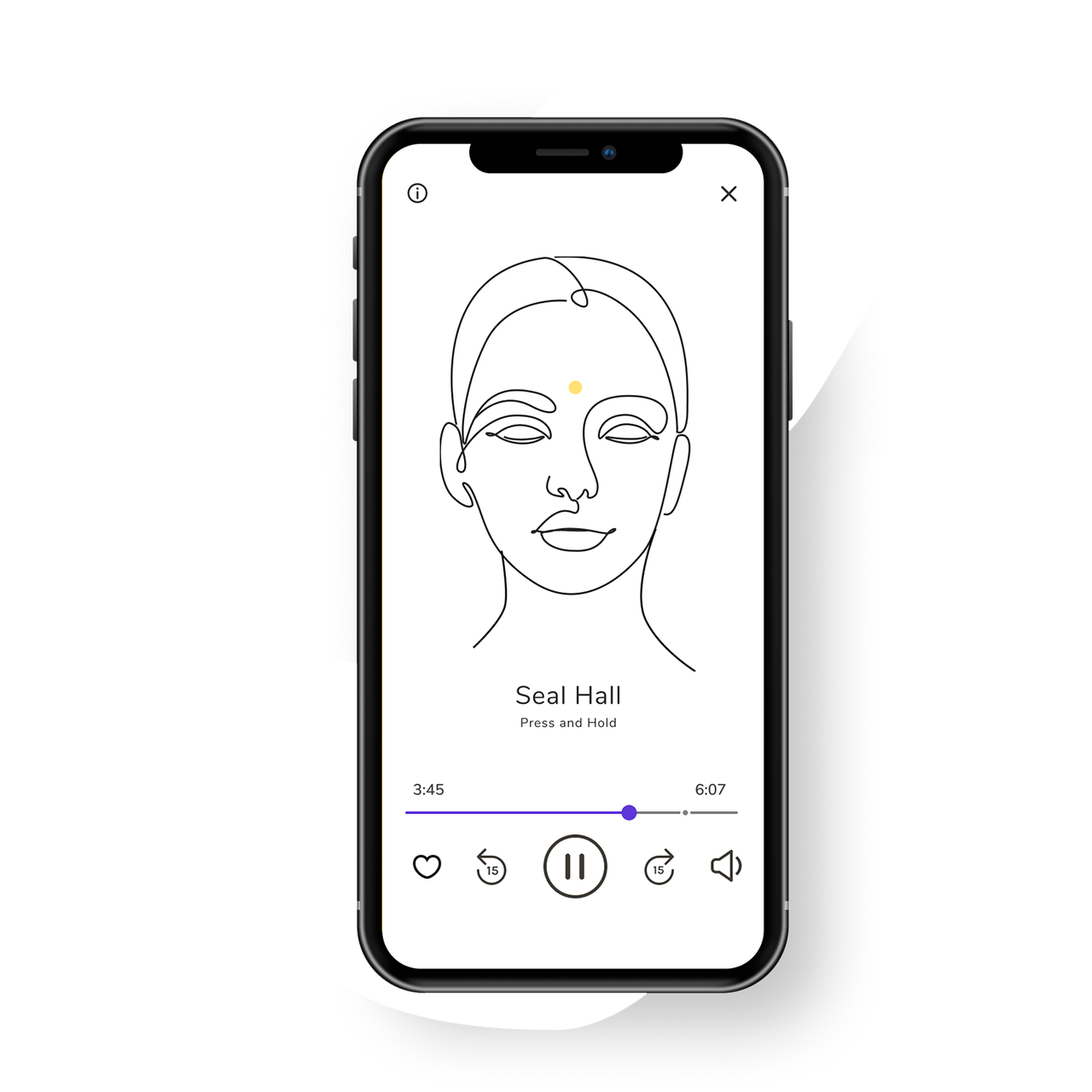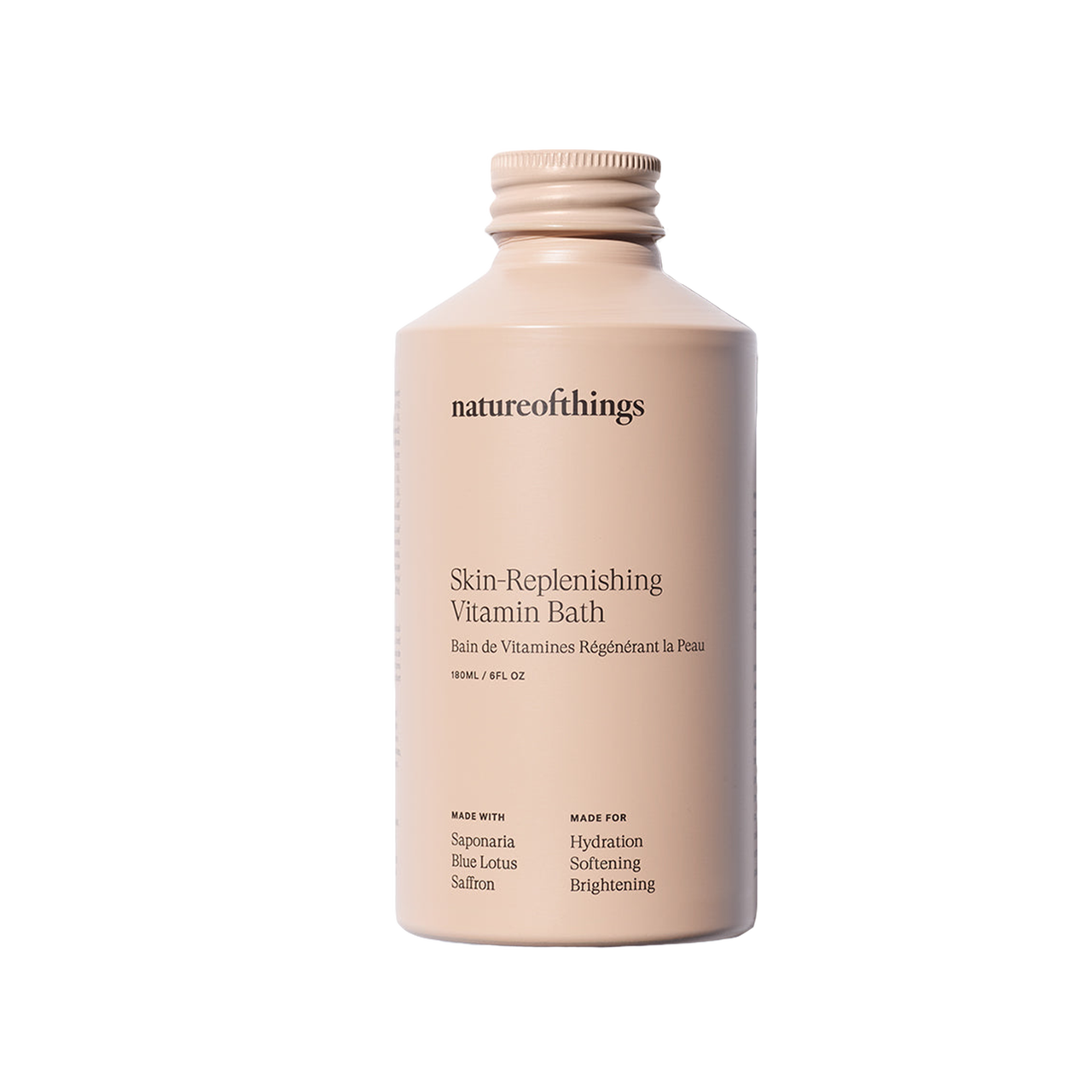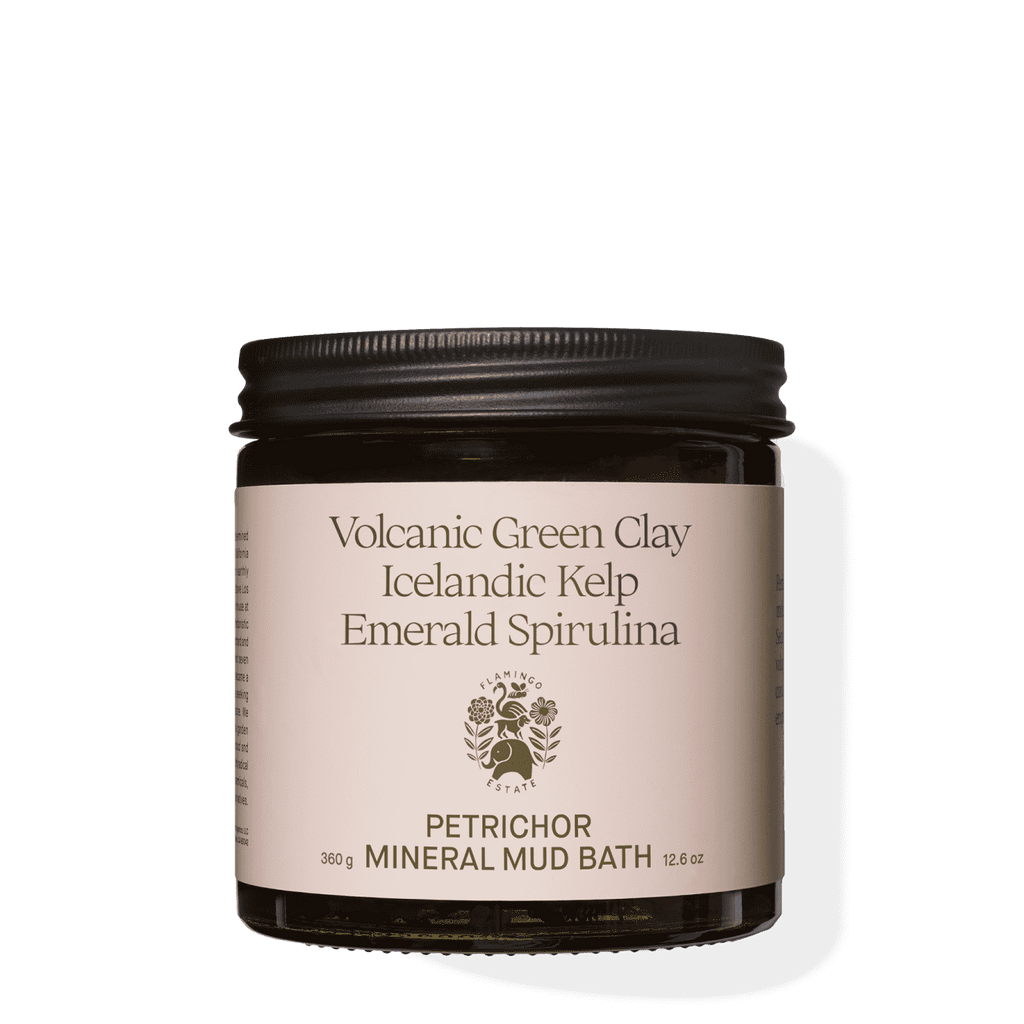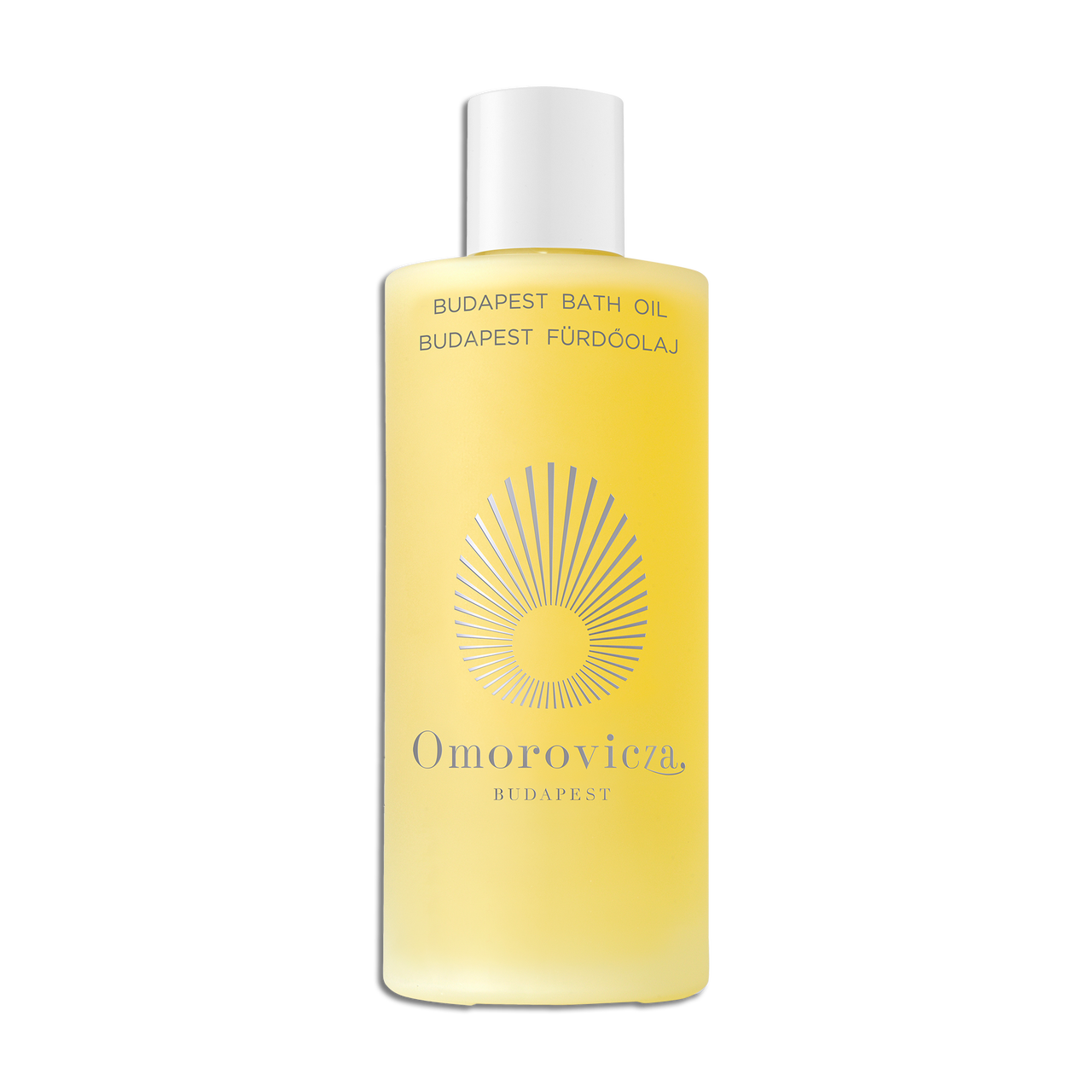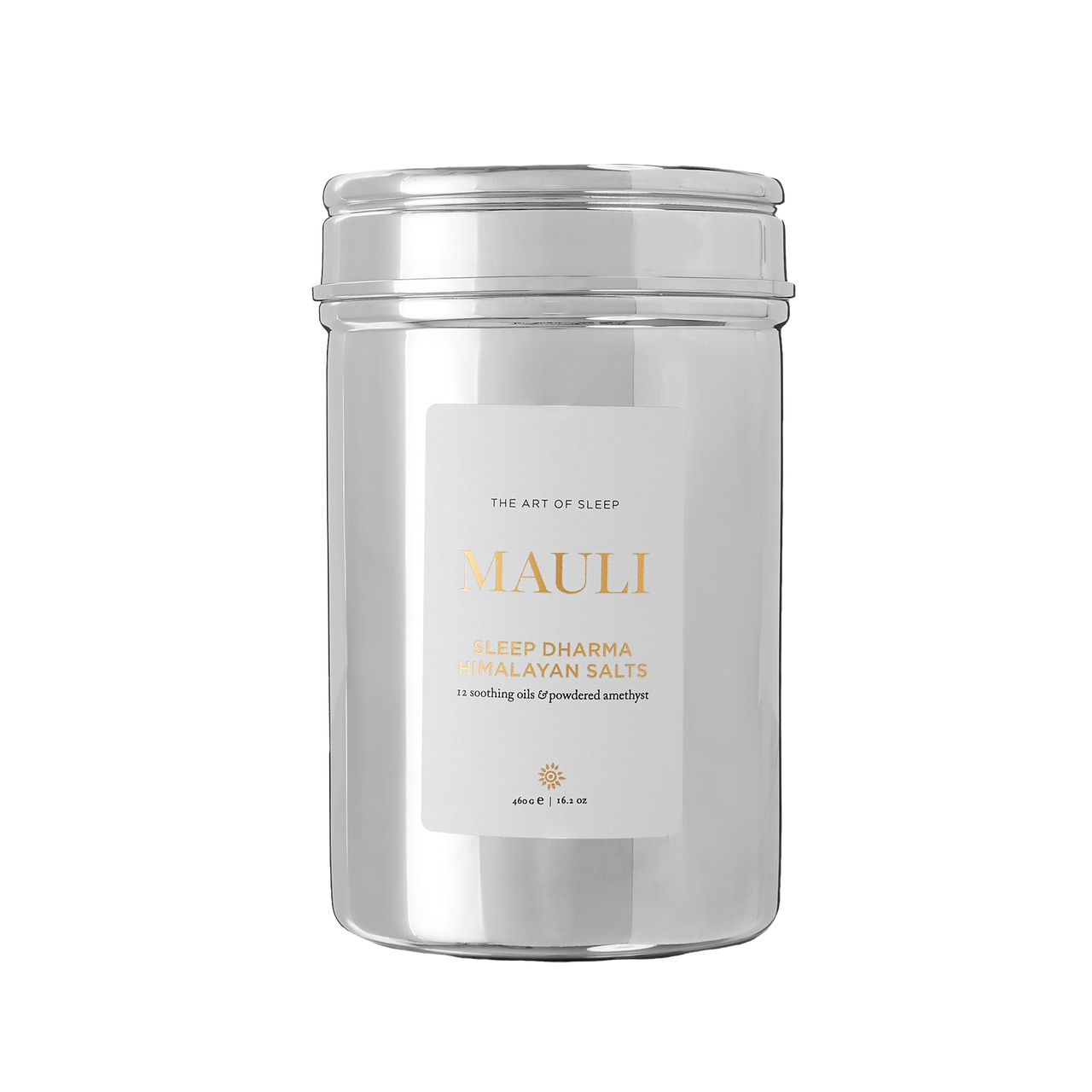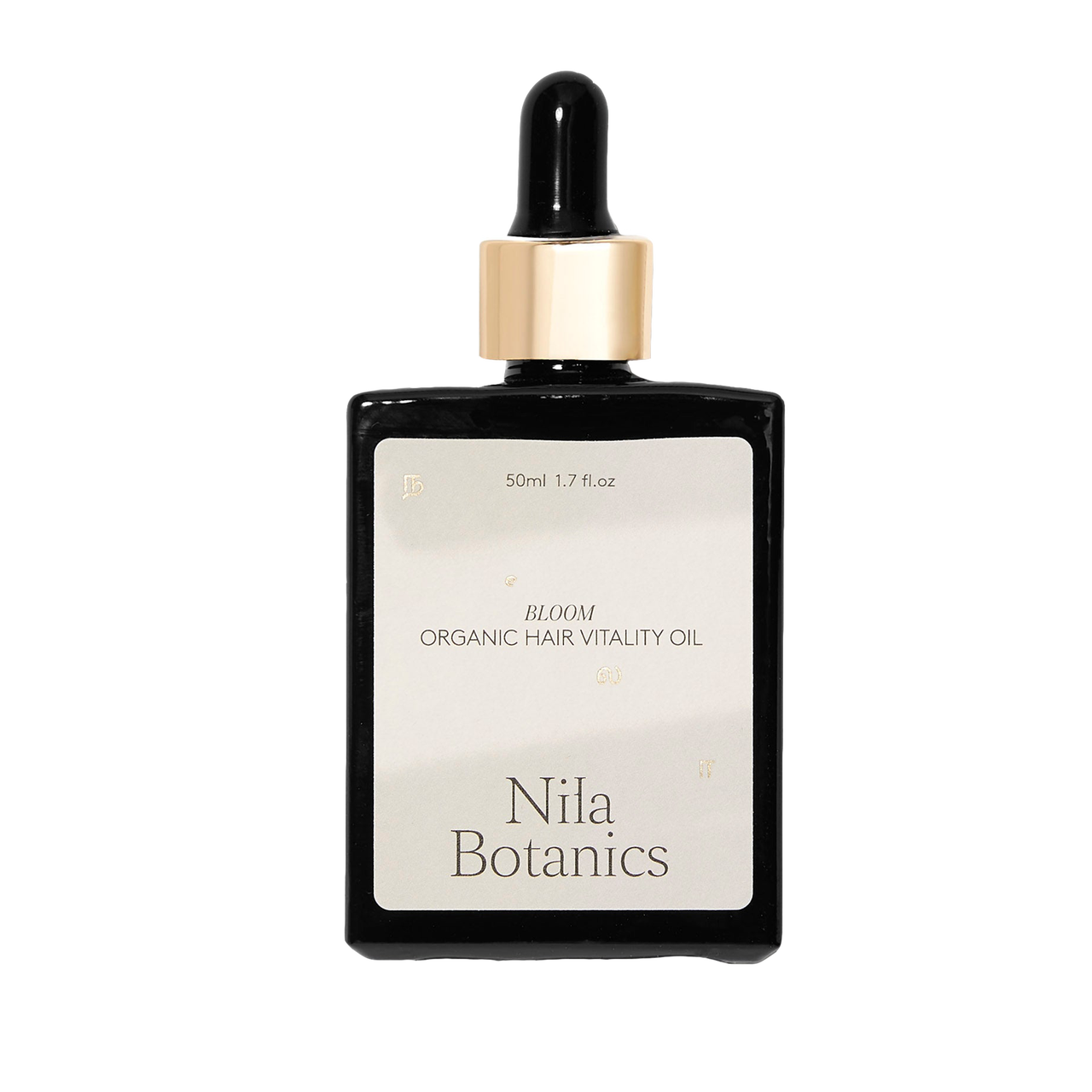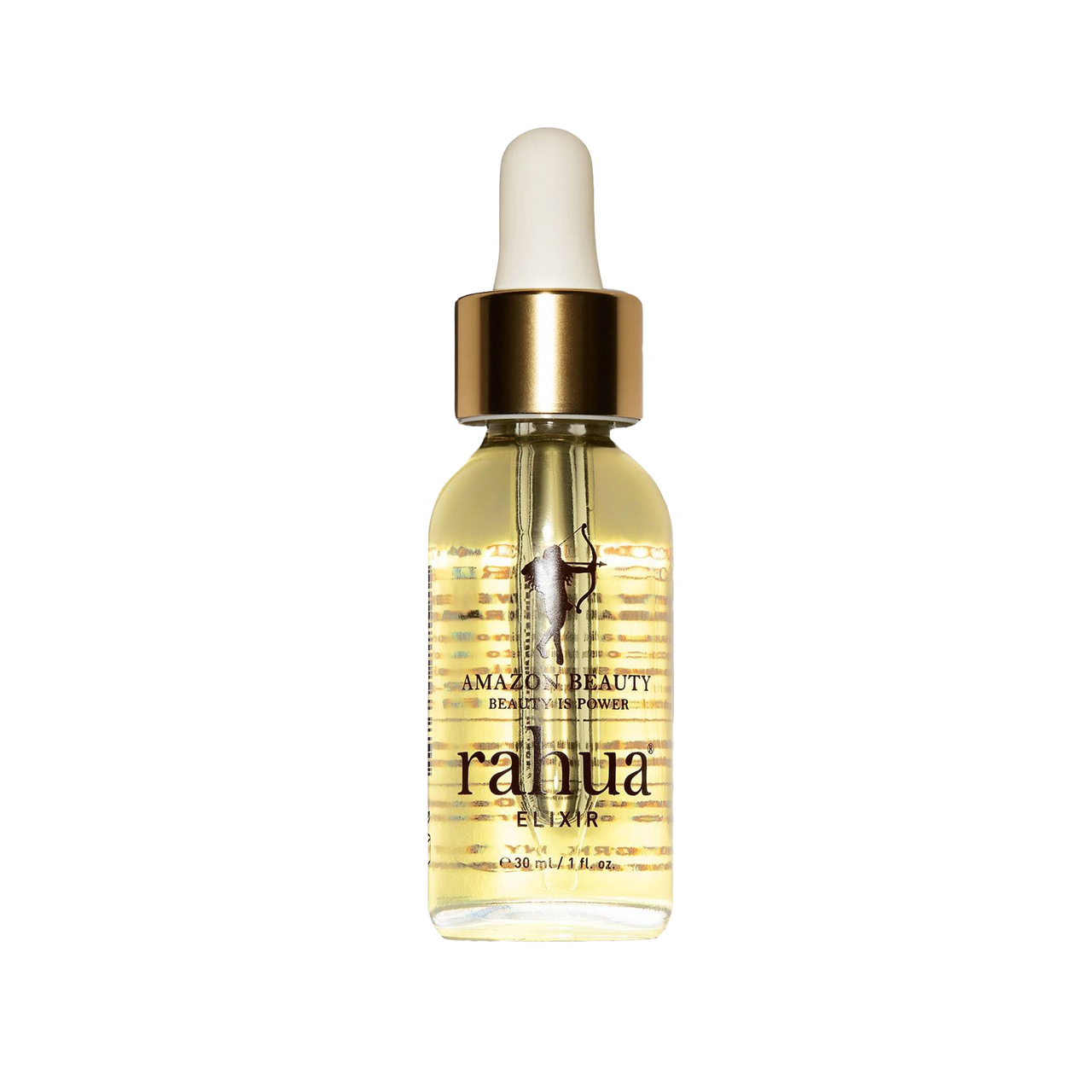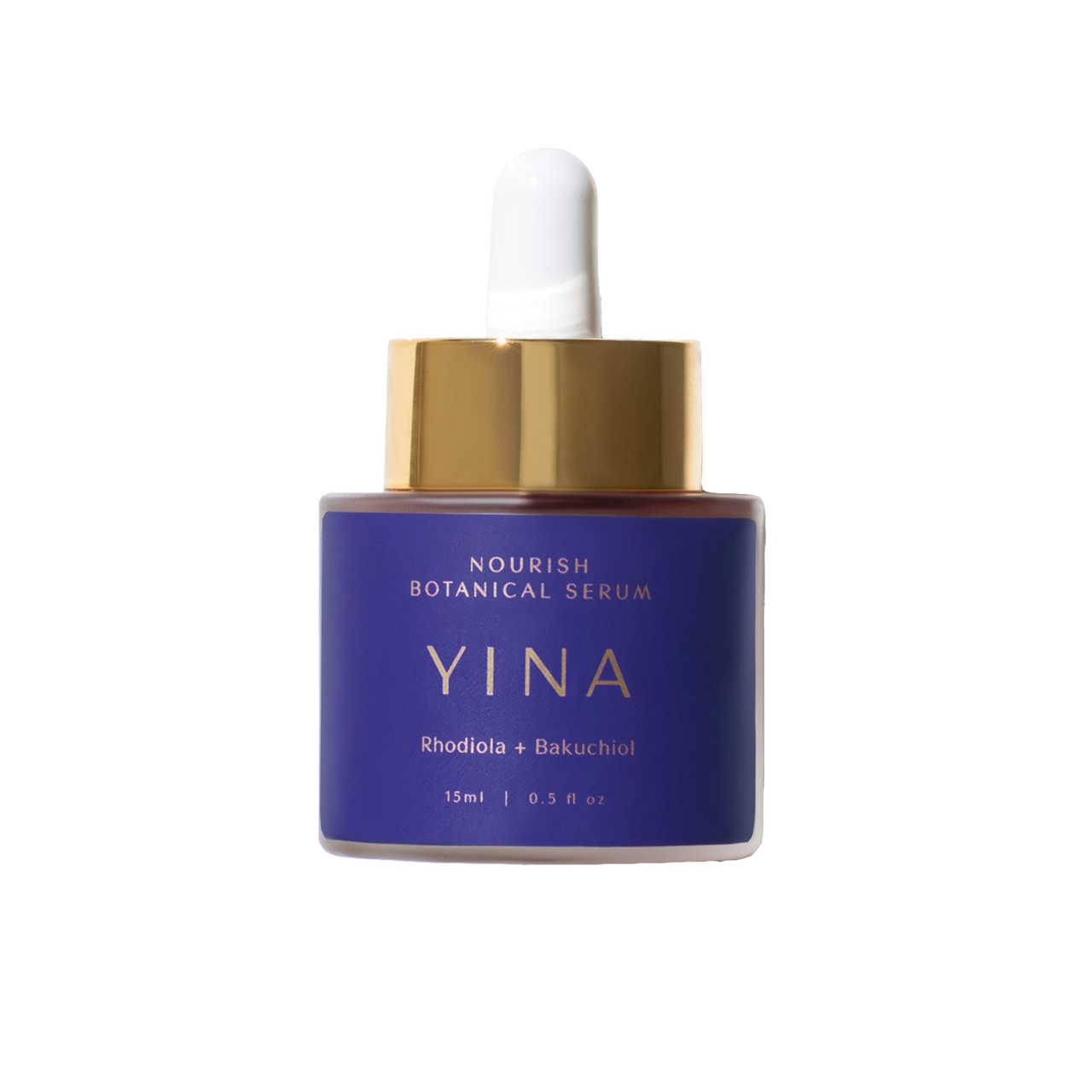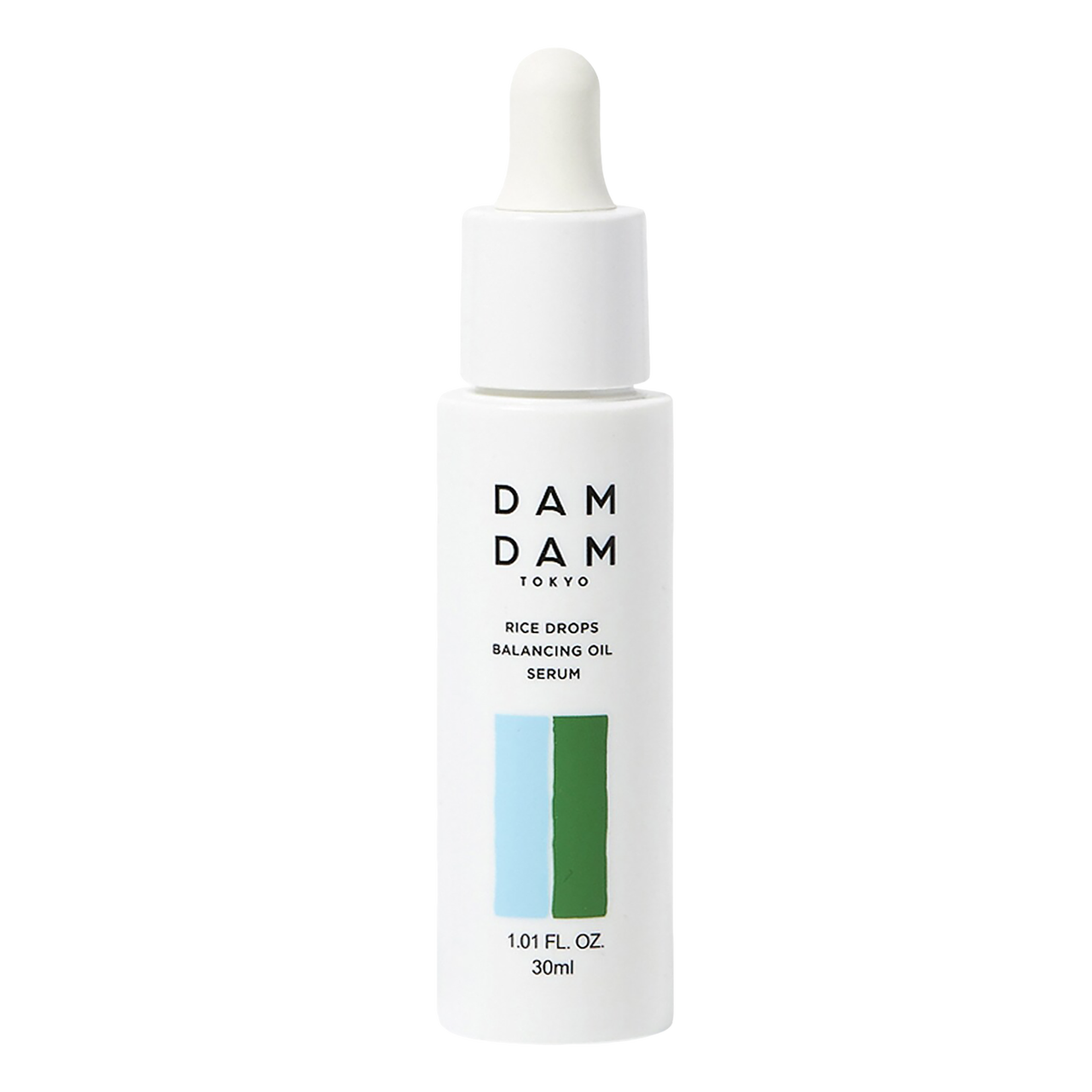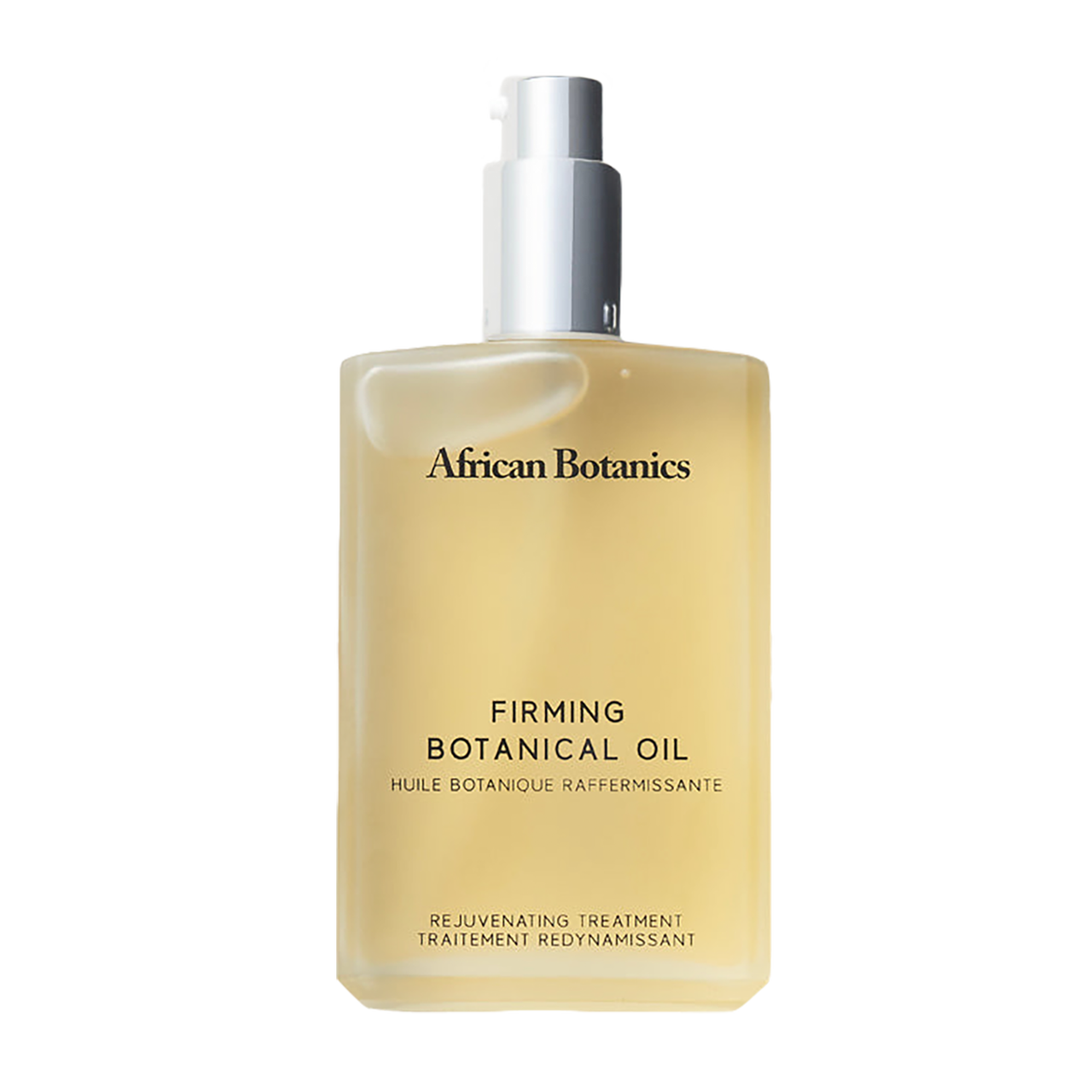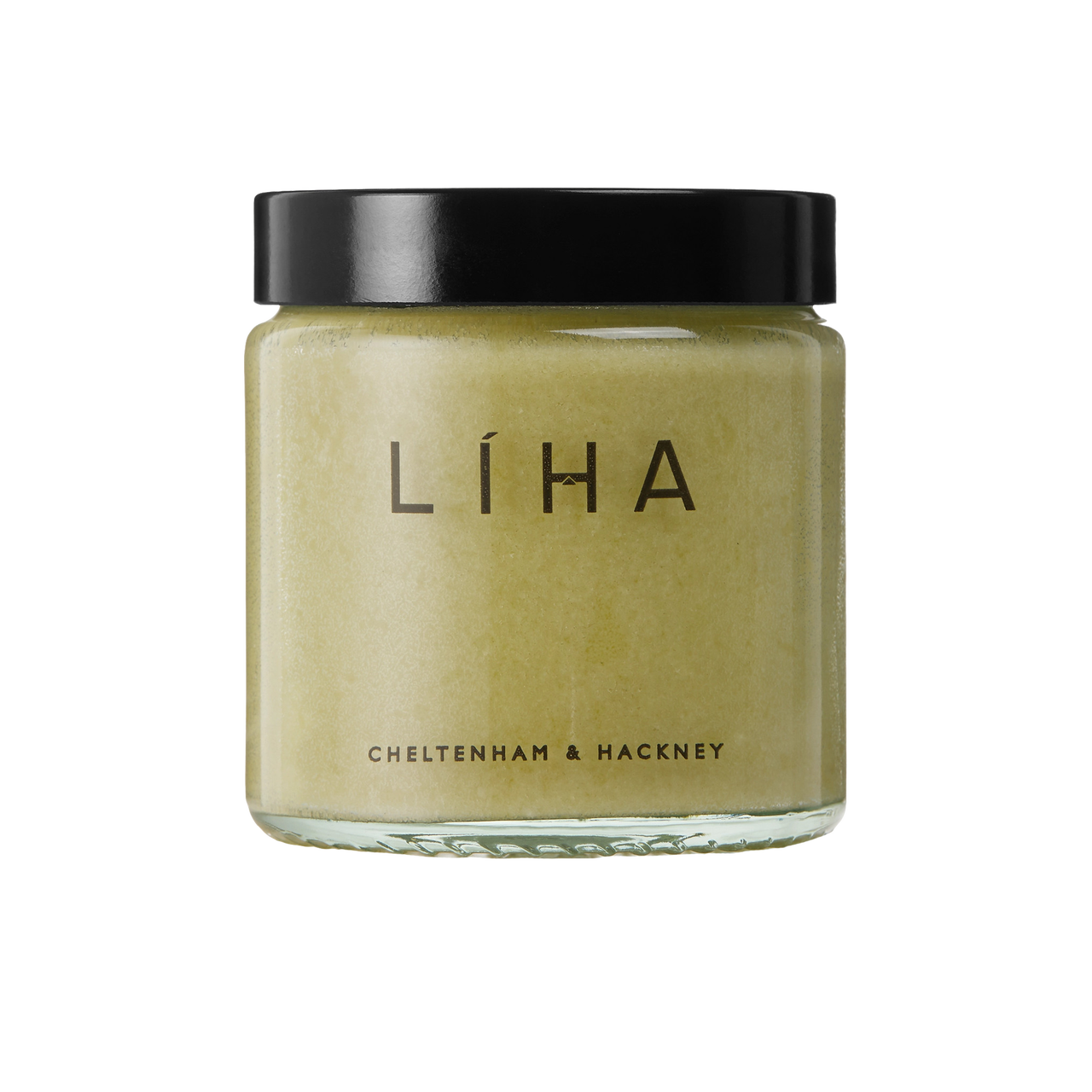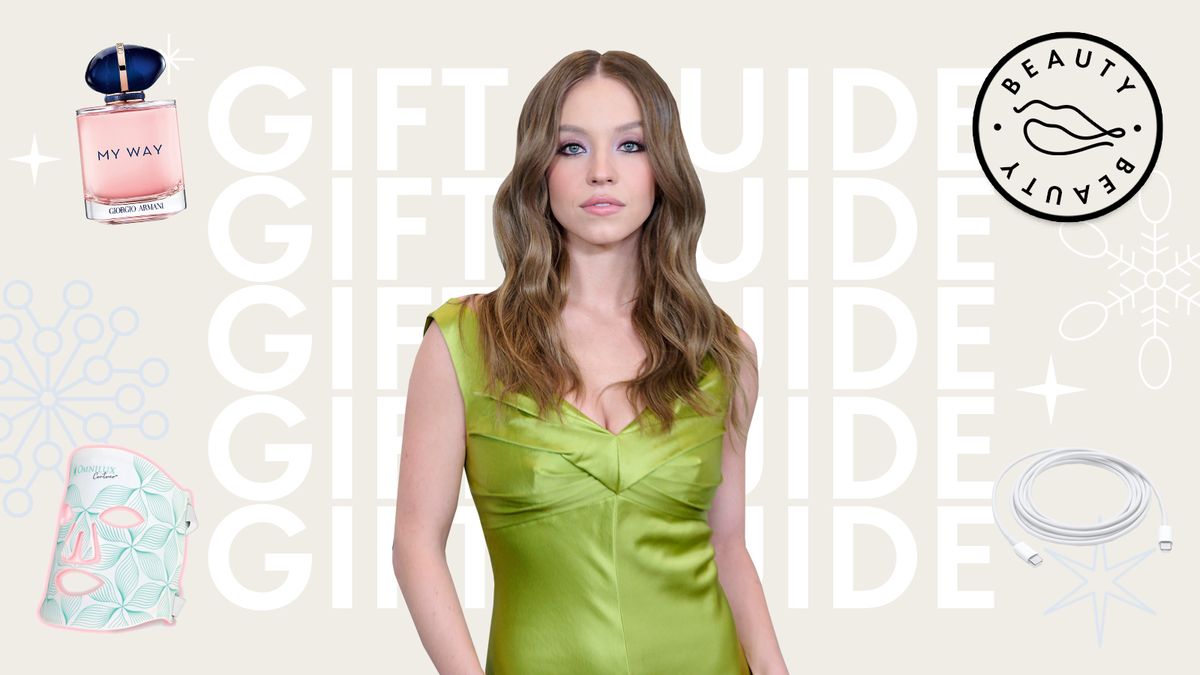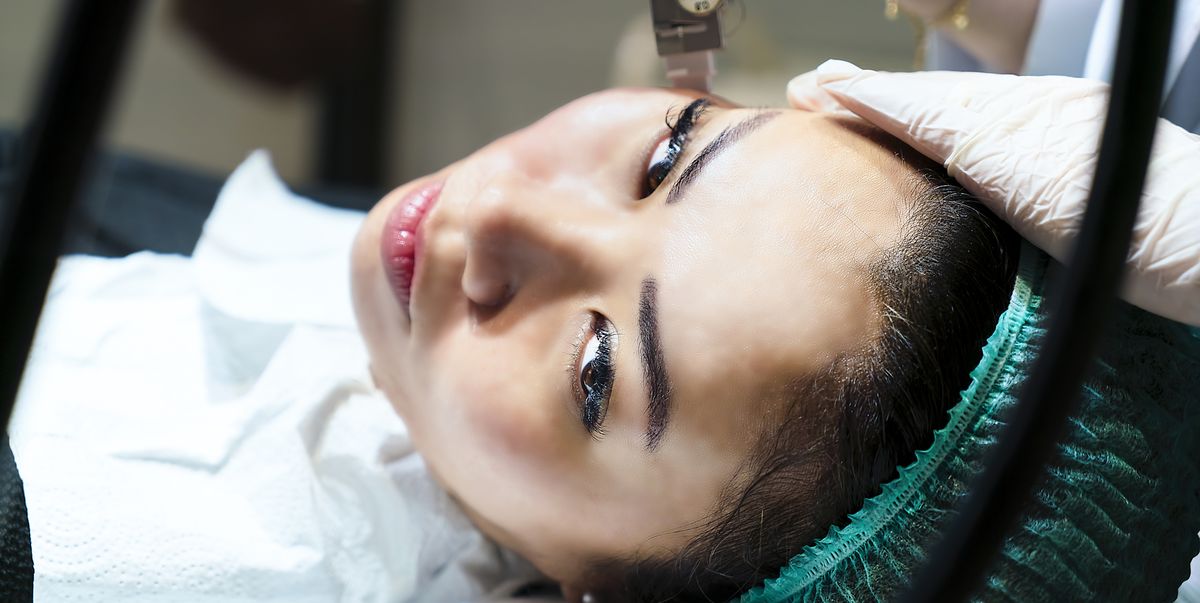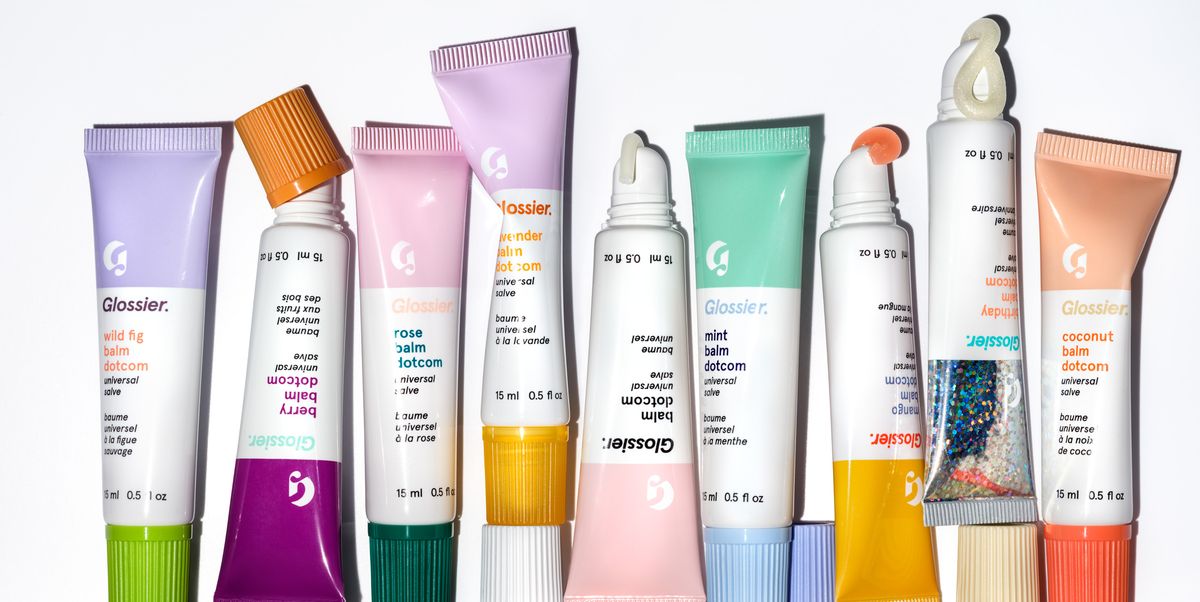As the digital sphere extends its reach into daily life, testing our ability to remain attuned to the present moment, there’s a comfort in connecting with the rituals of the past. “We cannot operate like robots, 24/7, nonstop,” says Angela Chau, an ethnobotanist and licensed acupuncturist who cofounded the skin-care brand Yina, inspired by traditional Chinese medicine (TCM). “We have all these central perceptions, like our eyes, our touch, our smell. We have an amazing capacity, so it’s really about tapping into being human again.”
Growing up in New York City, Chau fondly remembers a broken spare refrigerator in her family’s tiny apartment, which was routinely stuffed with Chinese herbs. “TCM has really been integral to my life,” she says. “It’s very much tied into our culture and also just our family tradition.” For Melissa Medvedich, whose line Supernal is known for its small-batch face oils, the customs of her childhood home were known not by name but by observation. “Watching my mom run a sterilized coin over my great-grandma’s shoulders when they were sore was a regular part of growing up,” she recalls—a practice not formally called gua sha, though she would later trace a connection to the longstanding Chinese custom. Supernal’s new gua sha tool is born of that sense of familiarity with the lessons of her own lineage.
Ancient-meets-modern beauty rituals, from Ayurvedic hair treatments to acupressure apps, illustrate just how intrinsic the quest for beauty and groundedness is to the human condition. The promise of optimal selfhood fuels today’s $4 trillion wellness industry—and in recent years, the same market that once valorized scientific innovation has begun to look back in order to move forward. Goop fans are familiar with tongue scraping and oil pulling, thanks to Gwyneth Paltrow’s morning routine; meanwhile, Ayurveda expert Martha Soffer, of LA’s Surya Spa, led Kourtney Kardashian Barker and Travis Barker through a five-day Panchakarma cleanse, as seen earlier this spring on an episode of The Kardashians. Even a brand like La Prairie, known for its deep research into skin biology, suggests pairing recent offerings like the Pure Gold Radiance Nocturnal Balm with a marble massage stone—a Swiss ode to gua sha.
As such traditional, notably non-Western notions of care gain traction, the market shifts accordingly—with the line sometimes blurring between tribute and exoticization. Oftentimes appropriation has a way of erasing the cultural framework for these beauty rituals. “The problem arises when people say, ‘Oh, I invented this,’” Chau points out. “It really comes down to people asking questions like, ‘Where is this from? How can we pay homage to the origins, but also put our own spin on it?’” When intracultural conversations become intercultural, those nuances must be honored. “There’s so much lost-ness in translation,” says Chau, explaining that in TCM, being well is not simply a box to check. “It’s not easy. It’s not free. Wellness requires work. It requires time.” For that reason, she adds, “Education is big.”
Understanding the cultural underpinnings of these beauty rituals is essential to partaking with intention. This guide to time-honored self-care strategies follows that ethos, bringing tradition into the here and now.
Facial Sculpting
“Kansa is intrinsically linked to Ayurveda and the idea of balancing the three doshas,” says Michelle Ranavat, founder of the eponymous beauty brand, describing a sculpting tool named after a type of metal dating back to the Bronze Age in ancient India. When massaged onto lightly oiled skin, a kansa wand can aid in “depuffing, lymphatic drainage, balancing pH, and smoothing the skin,” Ranavat explains. Similarly, gua sha—the technique of using a smooth-edged stone to stroke the skin—traces back to China’s Paleolithic area and taps an underlying philosophy about the free flow of qi. “[Qi] is not just energy,” says Chau, who instead considers it a “vital force” stimulated with the help of gua sha massage. Furthermore, the practice “allows you to work deeply into the muscles and fascia of the face for superb tension release, removal of lactic acid, and boosted circulation,” adds Hayo’u Method founder Katie Brindle, whose Precision Beauty Restorer tool is uniquely shaped for targeted work. The materials used for gua sha tools can also aid in transformation. Lanshin’s Pro tool is made of Nephrite jade, valued as the most precious stone in ancient China for its healing properties. Mount Lai’s tension roller uses rose quartz, a semiprecious stone believed by ancient Egyptians to bestow youthfulness and to bring healing power, according to Greek mythology.
Acupressure
Acupuncture, a treatment described in ancient Chinese texts dating back to 100 BC, uses hair-thin needles to move energy through pathways in the body in order to help treat health issues. Although one of the earliest documented systems of medical care, its reception among Western doctors has been notably quiet. “Many people just think ‘needles,’ so a lot of what we focus on is the education piece,” says Kim Ross, who founded the acupuncture clinic Ora after consistent treatment transformed her gut health. “I have an autoimmune thyroid condition that I was diagnosed with when I was 16. No one ever connected that to my digestive system.” She recalls how acupuncture presented a holistic approach—“treating my whole body while also treating the symptoms.” Whereas needles must be administered by a licensed practitioner, acupressure is a noninvasive alternative. Tatcha’s Akari massager is a handheld tool inspired by the precision of shiatsu, the Japanese acupressure technique rooted in the eighth-century Nara period. “The art of shiatsu lies in the power of stillness versus movements,” says Nami Onodera, head of brand and culture at Tatcha. Companies like Shakti Mat offer acupressure mats modeled on an ancient Indian device—the bed of nails—to increase blood flow and ease tension via a passive experience. The use of ear seeds also replicates the effects of acupressure at home. Once achieved using the actual seeds of the Vaccaria plant, the ear seeds offered by the wellness brand WTHN take a modern approach: the tiny adornments, in gold-stud and Swarovski-crystal variations, stimulate the abundant energy channels of the ear. For extra guidance, Moxa, a subscription-based acupressure app, leads you through a customized acupressure ritual using your fingers, based on a TCM diagnosis that factors in your health and lifestyle.
Medicinal Baths
The healing powers of thermal bathing were well appreciated by the ancients. Alexander the Great, who ruled Macedonia, took saffron baths regularly to heal his wounds after battle and urged his men to do the same. Cleopatra’s oft-cited beauty ritual included a vitamin-rich bath of flowers, milk, and honey. (She reportedly reserved saffron baths as a precoital preparation.) The brand Natureofthings nods to those iconic rituals with its Skin-Replenishing Vitamin bath, packed with Egyptian blue lotus and saffron for cell turnover and skin radiance, as well as probiotics and a potent blend of vitamins A, C, and E. Cleopatra also enjoyed Dead Sea mud wraps; meanwhile, the Wappo people, who settled in modern-day California more than 8,000 years ago, used a mix of volcanic ash and water to draw toxins from the skin. Flamingo Estate’s Petrichor mud bath pays tribute to that Indigenous tradition through a restorative blend featuring biomineralized volcanic green clay. Over in Hungary, Omorovicza’s Stephen de Heinrich counts bathing enthusiasts in his own family tree, with 19th-century relatives having built the Rácz Spa in Budapest on the site of a former Ottoman bath. After he and his wife, Margaret, experienced a total skin transformation from the mineral-rich waters, the cofounders set out on a journey to better understand that natural resource. The resulting Healing Concentrate, found in the brand’s Bath Oil and across its product offering, incorporates a “lengthy biofermentation process of Budapest’s thermal water,” he explains, which aids in making “beneficial minerals absorbable by the skin, reinforcing the skin’s barrier, reducing cellular inflammation, and boosting skin’s elasticity and collagen.” According to Ayurvedic practice, baths are believed to be a form of therapy, with the many restorative benefits outlined in ancient texts. Mauli Rituals’s sleep salts follow that traditional playbook, with Himalayan salt for detoxification and mineral absorption, rose geranium for emotional stability and pain relief, and bergamot oil for mental unwind—all of which aid in a good night’s rest.
Healing Botanicals
In the ancient world, the earth was the only resource to look to for medicine, giving rise to a breadth of knowledge about healing botanicals. Plant-charged oils are a mainstay in Ayurvedic hair-care practices. After becoming a mother, Nila Botanics founder Rochelle Currie discovered a sense of connection with the lessons of her lineage. “I was reminded of the rituals my grandmother did with me as a little girl—oiling my hair in the evening before bed,” she says. “It was like the birth of my daughter evoked the memories of my own childhood.” Her subsequent research resulted in the Bloom Vitality hair oil—a blend of coconut, Indian gooseberry, and bhringraj oils, following Ayurvedic methodology. The brand Rahua, meanwhile, looks to an Amazonian secret for beautiful hair: its namesake oil, which is harvested by sustainable means and featured in this nourishing scalp elixir. The companion ingredient, aromatic palo santo, dates back to shamans of the Incan period. Traditional ingredients play a key role in facial formulas, as seen in Yina’s Nourish Botanical serum, which utilizes rhodiola (an adaptogen used in TCM) and bakuchiol (a plant-based retinol alternative). DamDam taps rice bran oil—a centuries-old staple in Japanese skin care, known to help support skin elasticity and maintain hydration—as the hero ingredient in its Rice Drops serum. Below the neck, African Botanics’ Firming Botanical body oil draws on the foundation of South African medicinal tradition, with ingredients like Pinotage grape, moringa, and Kalahari melon. Shea butter, long prized by women in West Africa, thanks to its naturally high concentration of vitamins A and E, is another gold standard. Liha’s raw Ghanaian version can be used head to toe, even on delicate baby’s skin. A generations-old tradition, carried on.
